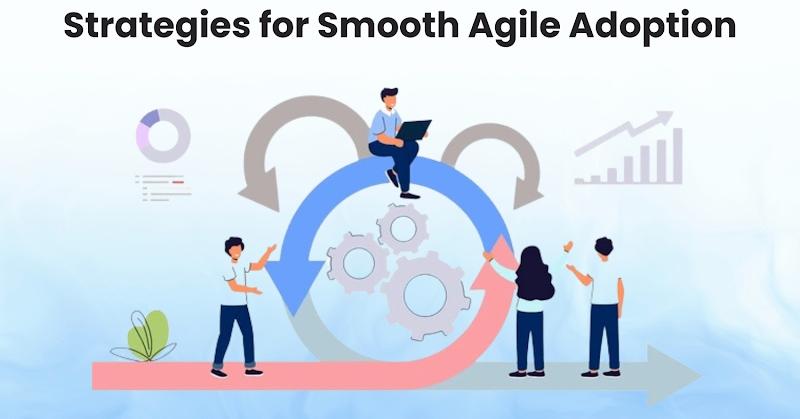Agile methods of project management have recently gained popularity due to their reputed efficacy, adaptability, and emphasis on collaboration. A growing number of companies are embracing Agile principles in an effort to streamline their operations and increase productivity. Though it requires careful planning and execution, beginning an Agile Course may produce transformative results. In this blog, we’ll go over a few aspects to an Agile Implementation that goes off without a hitch, fostering a culture of flexibility and agility in your organisation.
Understanding Agile Fundamentals
Understanding the foundations of this methodology is essential for starting an Agile implementation that will be successful. Fundamentally, Agile is a way of thinking emphasising adaptation, ongoing feedback, and iterative development. It’s a style of thinking that changes how teams work together and provide value to consumers, not simply a process. Make sure that everyone on your team understands the fundamental ideas behind Agile approaches before enrolling in Agile training.
Creating a Culture of Collaboration
Building a collaborative culture is one of the pillars of Agile implementation. This goes beyond the Agile course content and requires an organisational-wide mentality change. Promote frank dialogue, interdisciplinary cooperation, and a feeling of shared accountability. Silos must be broken down, and group problem-solving is essential to an Agile culture. When teams work together harmoniously, the Agile framework transcends from a collection of guidelines to a method of operation that improves productivity.
Agile Training and Continuous Learning
Investing in your team’s Agile training is crucial to a successful Agile deployment. Your team will get the skills and knowledge needed to negotiate the complexities of Agile methodology by taking Agile training. This training should be a continuing commitment to learning rather than a one-time occurrence. Agile is a fluid and adaptable strategy. Therefore, teams need to remain current on the newest techniques and procedures. Schedule frequent training sessions and seminars to guarantee that your team uses Agile concepts to their fullest potential.
Aligning Leadership with Agile Values
Leadership alignment with Agile methodology ideals is critical for a smooth adoption of Agile. This entails adopting a leadership stance that promotes independence, teamwork, and a value-delivery-focused mindset. Agile ideals should be modelled by leaders who show a dedication to adaptation and ongoing progress. Leadership may greatly benefit from an Agile course to equip themselves and their teams with the knowledge and abilities required to lead their teams through the Agile process.
Empowering Teams with Agile Tools
Agile adoption entails giving teams the resources they need to succeed and focusing on attitude modification. Use Agile project management technologies to promote transparency, cooperation, and communication. Scrum tools and Kanban boards are only two of the many solutions available. Choose the tools based on your team’s unique requirements and work processes. Giving teams access to the appropriate technology assistance may help them move to Agile more smoothly and increase productivity and efficiency.
Iterative Implementation and Continuous Feedback
Continuous feedback and iteration are the lifeblood of Agile approaches. Consider implementing Agile in phases rather than trying a total redesign all at once. Begin with pilot projects and ask teams for their opinions. This iterative process enables modifications and enhancements based on practical experiences. Ongoing feedback serves as a motivator for progress to ensure that your Agile implementation is in line with the particular dynamics of your company.
Measuring Success and Adapting
A successful Agile deployment is a continuous process rather than a one-time accomplishment. Establish precise metrics to gauge how well your Agile adoption is going. This might include quicker deliveries, higher client satisfaction ratings, or better teamwork. Evaluate these metrics regularly, and be ready to modify your Agile implementation in light of the new information. The foundation of Agile approaches is a culture of continual improvement.
Conclusion
To sum up, an all-encompassing strategy that includes tools, training, leadership alignment, culture, iterative processes, and a dedication to continuous improvement is needed for an Agile deployment to be effective. Establish a collaborative mentality inside your firm as a prelude to enrolling in Agile training. Agile is a working style that revolutionises how teams produce value, not simply a technique. Your company can confidently and resiliently traverse the complexity of today’s business environment by using Agile techniques wisely and fostering an Agile culture.
